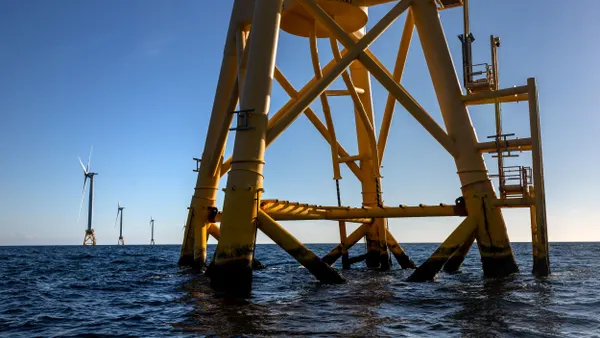Dive Brief:
-
SunEdison says it is looking to sell its controlling interest in its TerraForm Global yieldco, a financial vehicle set up to buy projects that SunEdison developed.
-
A presentation on TerraForm’s website says the company has 917 MW of solar and wind projects around the world with about two-thirds of the assets in Brazil and India.
-
SunEdison has not said whether or not it intends to sell its interest in its other TerraForm Power.
Dive Insight:
Rapid growth and too much debt has dragged down many companies in the solar power sector, including the yieldcos that were a key part of many solar companies growth plans.
Yieldcos were created to attract investors seeking higher yields and to provide cheap capital to develop more renewable energy assets. Developers spun off yieldcos and moved assets such as wind farms and solar parks to yieldcos. The sales would flow cash back to the parent company while the income from the assets would underpin dividend for yieldco investors. But in some cases, companies added too much debt to fund the growth of their yieldcos, undermining investor confidence.
SunEdison was one of the chief casualties in the downdraft, filing for Chapter 11 bankruptcy in April.
SunEdison, based in Maryland Heights, Missouri, is in the process of trying to sell it portfolio of renewable energy project, but according to Bloomberg, has not been able to find a single buyer and is looking instead to sell the company in parts. One of those parts is SunEdison’s controlling stake in its TerraForm Global yieldco.
SunEdison has not announced its intentions for its other yieldco, TerraForm Power, but the two companies together could be worth as much as $1 billion, according to Greg Jones, an analyst at CreditSights, the Bloomberg article said.
“If they want any sort of real recovery out of this, they need to monetize the Class B shares[of TerraForm Global]” that give SunEdison voting rights, Jones told Bloomberg.
He said that TerraForm Power might not be on the block because it is bigger.
TerraForm Power has about 3,000 MW of renewable assets, most of them in the U.S., the U.K., Canada and Chile.












